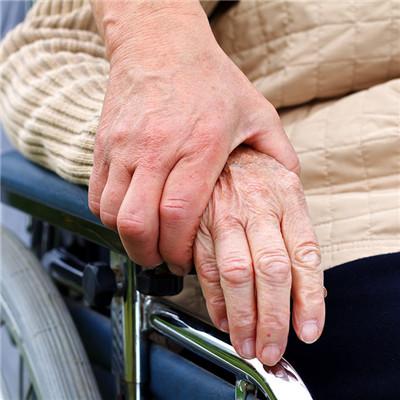What does cerebral hemorrhage 3 slant symptom point to?
summary
In recent years, the incidence rate of cerebral hemorrhage is increasing in China. What caused this phenomenon? We also need a systematic and comprehensive understanding of cerebral hemorrhage. Cerebral hemorrhage, also known as cerebral hemorrhage, is a kind of non traumatic spontaneous hemorrhage in the brain parenchyma. Due to its different bleeding points, the clinical manifestations are also different. What are the three partial symptoms of cerebral hemorrhage? Next, I'd like to share my views with you.
What does cerebral hemorrhage 3 slant symptom point to?
First: hemiplegia: refers to patients with hemiplegia. The nerve fibers that control random movement are called vertebral tracts. The tracts are fibers from the large vertebrae somatic cells in the central anterior gyrus of the motor center of the cerebral cortex. They go down through the internal capsule, cross the lower end of the medulla oblongata, reach the corresponding spinal cord anterior horn cells on the opposite side, and then send fibers from the anterior horn cells to control the skeletal muscle.

Second: hemiparesthesia: refers to the patient's pain, temperature and proprioception. The nerve fibers that transmit pain and warmth from the skin sensilla to the nerve endings to the posterior horn of the spinal cord, cross to the contralateral lateral funiculus, and go up to the sensory center of the central posterior gyrus of the cerebral cortex through the posterior branch of the internal capsule. The sensory center makes a comprehensive analysis of the afferent stimuli and makes a judgment of whether they are hot, cold or painful.

Third: hemianopia: the nerve fibers of one side of the optic tract and optic radiation, from the retina of the same side of both eyes, through the posterior branch of the internal capsule to the visual center of the rectangular fissure, reflecting the contralateral visual field. If the internal capsule is damaged or the optic radiation is damaged, the contralateral visual field is hemianopia.

matters needing attention
1. Diet should be low in fat, salt and sugar. Eat less animal brain, viscera, eat more vegetables, fruits, bean products, with appropriate amount of lean meat, fish, eggs. 2. To prevent physical and mental work, don't be too tired, overwork can induce cerebral hemorrhage.













